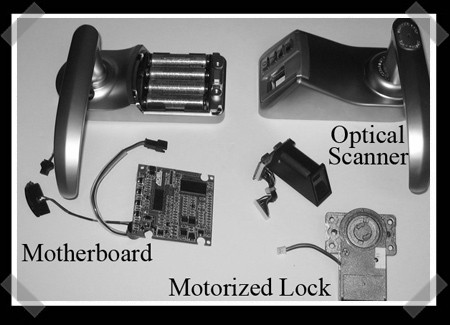
In case you were wondering what industrious hacker [Joe Grand] was doing when he’s not building stuff for Prototype This!, designing Defcon badges, or testifying before congress, it’s this: The BSoDomizer is a VGA pass through device that displays an image of your choice on the victim’s screen. It can do this either periodically or via an IR trigger. The image of choice is a Windows style Blue Screen of Death. It’s powered by a watch battery. The project site has all the schematics you need plus ASCII goatse imagery; you’ve been warned. Embedded below is a demo of the device. We unfortunately didn’t get to see it when it was originally presented during Defcon 16. Continue reading “BSoDomizer Blue-screens Your Enemies”
















